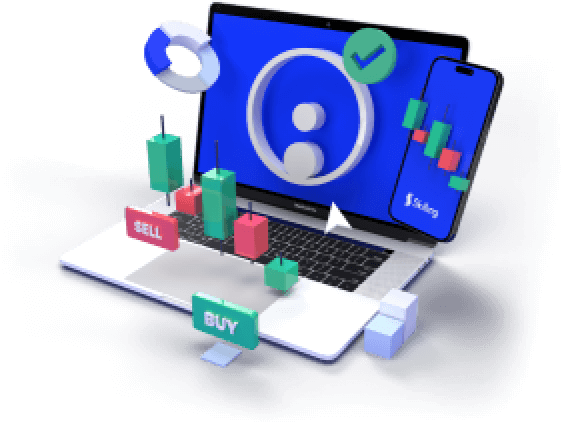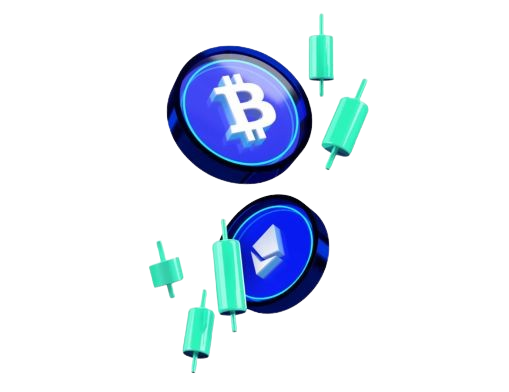TradingView offers thousands of indicators, but more is not better. Most successful CFD traders use only a handful of tools, each answering a clear question about price, momentum, volatility or participation. This article reviews five indicators that are both widely used and reliable in TradingView: MACD, RSI, Bollinger Bands, Volume Profile and ATR. We explain what they do, how to read them, and how they fit into a workflow with Skilling.
Access 1,200+ global CFDs instruments.
Access a plethora of trading opportunities across the financial markets.

1. MACD – momentum and trend confirmation
The Moving Average Convergence Divergence (MACD) helps traders see when momentum supports or weakens a trend. It compares two moving averages (often 12 and 26 periods) and plots their difference, plus a signal line. A cross above the signal line often marks bullish momentum, while a cross below signals weakness. In CFD trading, use MACD to confirm whether a breakout in forex or indices is supported by momentum before you act.
2. RSI – measuring strength and exhaustion
The Relative Strength Index (RSI) oscillates between 0 and 100. Above 70 suggests overbought conditions, below 30 oversold. Traders use it to spot potential reversals or to confirm that a trend still has room. In commodities, for example, an RSI near 30 may highlight exhaustion before a bounce. Combine RSI with price structure, and don’t act on RSI alone.
3. Bollinger Bands – volatility and ranges
Bollinger Bands wrap the price with a moving average and two standard deviation bands. When bands expand, volatility rises; when they contract, markets may be coiling for a breakout. CFD traders often use Bollinger Bands to identify ranges or to fade extremes back toward the mean. A touch at the upper band in a ranging forex pair, combined with an RSI overbought, can suggest a corrective move.
4. Volume Profile – participation at price levels
Unlike standard volume bars, Volume Profile shows how much trading occurred at each price level. This helps identify areas where buyers and sellers agreed most (high volume nodes) or rejected price quickly (low volume nodes). In indices or crypto CFDs, Volume Profile highlights support and resistance zones that matter more than arbitrary lines.
5. ATR – volatility and risk sizing
The Average True Range (ATR) does not predict direction, but it measures average volatility over a set period. CFD traders use it to size positions and set stops. A higher ATR means wider stops and smaller position size; a lower ATR allows tighter stops. In Skilling, you can translate ATR values directly into lot size to keep risk consistent.
Integrating the five
Indicators should not be signals on their own. Use MACD and RSI for momentum and strength, Bollinger Bands and Volume Profile for context, and ATR for risk. Together, they cover the main questions: trend, strength, volatility, and participation. That balance prevents overloading your chart with unnecessary tools.
Connecting with Skilling
When alerts based on these indicators fire in TradingView, linking your account through the Trading Panel allows you to act in Skilling immediately. For example, an ATR-based stop and position size can be executed directly when you receive an RSI+MACD confirmation. Test in demo before moving to live trades.
Capitalise on volatility in cryptocurrency markets
Take a position on moving cryptocurrency prices. Never miss an opportunity.

Key Takeaways
Indicators should serve you, not the other way around. These five cover the essentials. Start simple, learn how each works in your chosen markets, and keep risk sizing front and centre. With discipline, TradingView and Skilling together can form a clean workflow.
FAQs
1. Which indicator is best for beginners?
RSI is simple and easy to understand, but it should be used with a price structure.
2. Can I combine all five on one chart?
You can, but it may be cluttered. Better to switch between templates.
3. Do indicators work on all markets?
Yes, but their reliability varies. Volume Profile, for example, is stronger on indices than on thin forex pairs.
4. How do I test these indicators safely?
Use TradingView demo mode and Skilling demo accounts to practice before committing capital.












